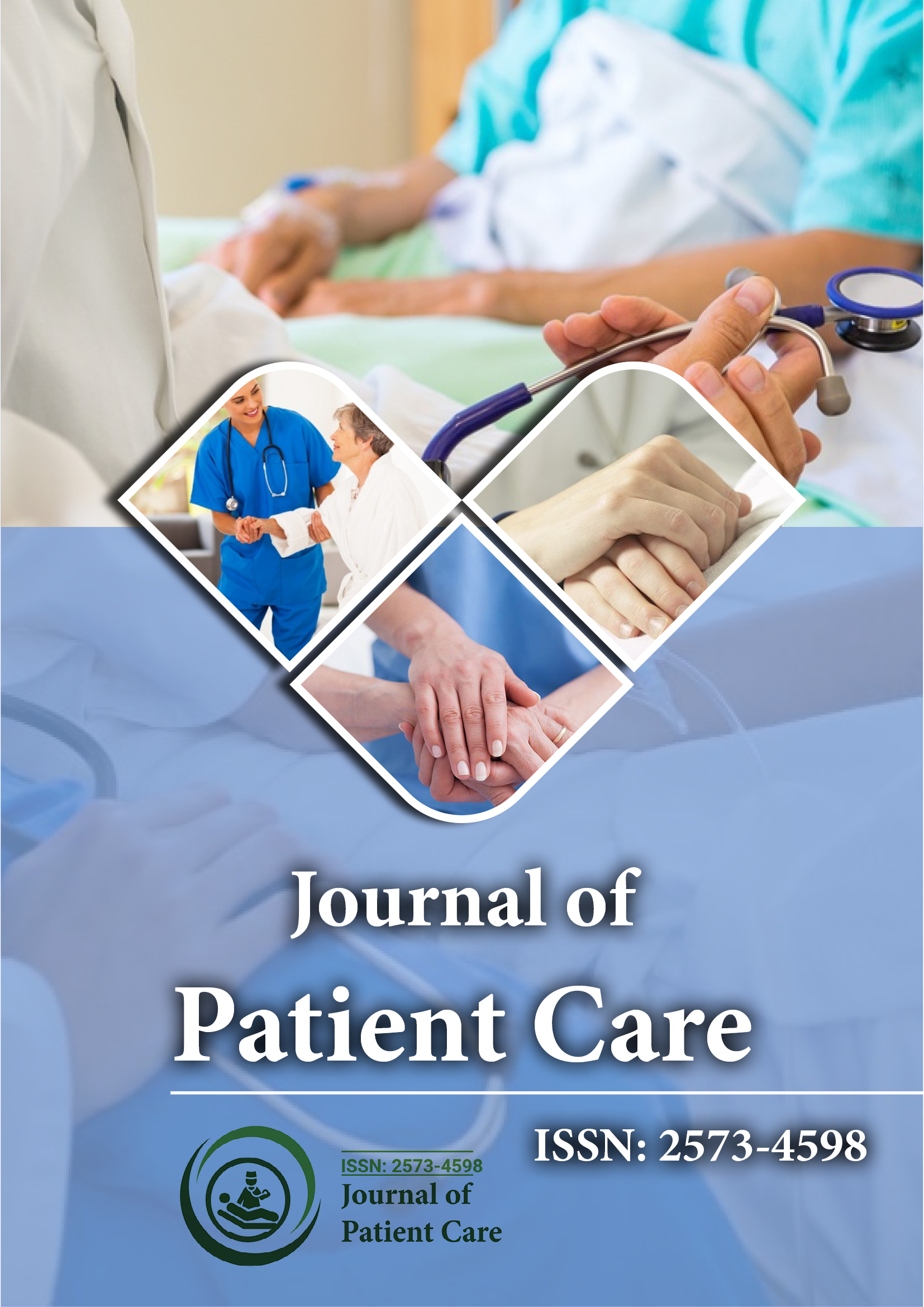Indexé dans
- RechercheRef
- Université Hamdard
- EBSCO AZ
- Publions
- Fondation genevoise pour la formation et la recherche médicales
- Pub européen
- Google Scholar
Liens utiles
Partager cette page
Dépliant de journal

Revues en libre accès
- Agriculture et aquaculture
- Alimentation et nutrition
- Biochimie
- Bioinformatique et biologie des systèmes
- Business & Management
- Chimie
- Génétique et biologie moléculaire
- Immunologie & Microbiologie
- Ingénierie
- La science des matériaux
- Neurosciences & Psychologie
- Science générale
- Sciences cliniques
- Sciences environnementales
- Sciences médicales
- Sciences pharmaceutiques
- Sciences vétérinaires
- Soins infirmiers et soins de santé
Abstrait
Association entre la vulvovaginite prénatale et les traumatismes périnéaux liés à l'accouchement
Adriana Amorim Francisco
Énoncé du problème Les traumatismes périnéaux liés à l'accouchement touchent généralement les femmes qui accouchent par voie vaginale et nuisent à la récupération post-partum. En général, les femmes ayant reçu un diagnostic de vulvovaginite prénatale sont plus susceptibles d'avoir ces blessures ; cependant, il n'existe aucune preuve solide à l'appui d'une telle association.
Objectif : Déterminer si la vulvovaginite prénatale est associée à un traumatisme périnéal lors d’un accouchement normal.
Méthode : Étude transversale menée auprès de 100 femmes primipares, âgées d'au moins 18 ans, ayant donné naissance à un seul fœtus vivant et à terme en présentation vertex dans une maternité dirigée par une sage-femme. Les données ont été recueillies à partir du dossier prénatal et de naissance et par entretien structuré des participantes.
Résultats : âge moyen des participantes 23,1 ans (ET : 4,8), 16 % de travail déclenché par le misoprostol, 54 % de perfusion d'ocytocine synthétique pendant le travail, 83 % de position d'accouchement par lithotomie, 98 % de manœuvre « mains sur », 75 % de traumatisme périnéal (70,7 % de déchirures du premier degré et 29,3 % de déchirures du deuxième degré), 54 % de vulvovaginites anténatales (42 % traitées pendant la période prénatale), poids moyen du nouveau-né à la naissance, périmètre crânien et thoracique : 3,102 g (ET : 385), 33,3 cm (ET : 1,2) et 32,2 cm (ET : 1,7), respectivement. Seules les variables vulvovaginites anténatales et poids et périmètre crânien du nouveau-né à la naissance étaient associées au traumatisme périnéal. Les femmes atteintes de vulvovaginite prénatale étaient 4,7 fois plus susceptibles de souffrir d'un traumatisme périnéal que celles qui n'en souffraient pas, indépendamment du poids du nouveau-né à la naissance et du périmètre crânien. Chaque augmentation de 100 g du poids du nouveau-né à la naissance et de 1 cm du périmètre crânien augmentait respectivement de 21 % et de 51 % le risque de traumatisme périnéal maternel lors de l'accouchement. Il n'y avait pas d'association entre le traitement de la vulvovaginite prénatale et le traumatisme périnéal ou entre la vulvovaginite prénatale et la gravité du traumatisme périnéal.
Conclusion : Il est nécessaire de prévenir les vulvovaginites anténatales, ainsi que d’offrir des soins périnéaux particuliers aux femmes qui ont eu une vulvovaginite anténatale et à celles qui ont eu ou sont enceintes d’un gros bébé.